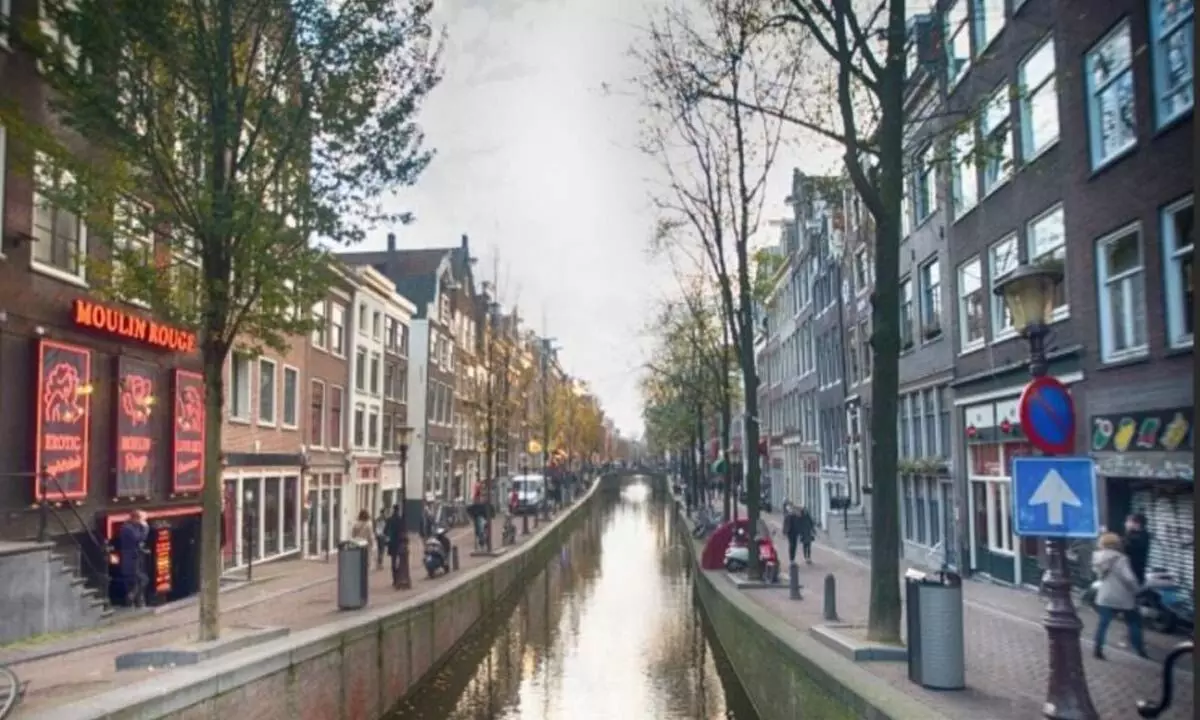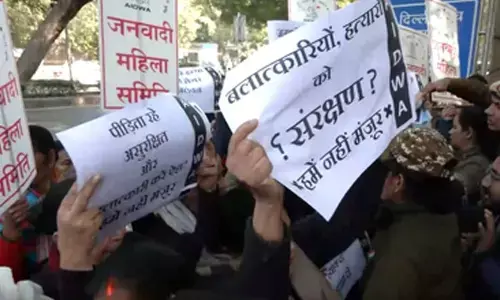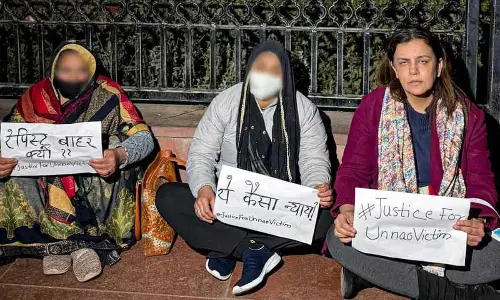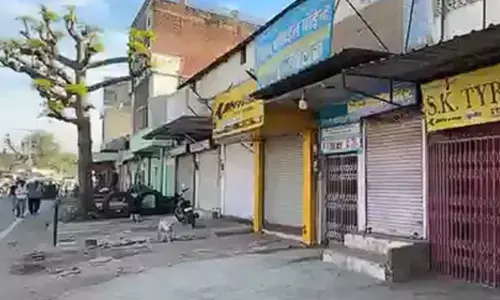A red light district that thrived for centuries

During my two-day visit to ‘Paris City’ from Amsterdam our team passed through the ‘Famous Prostitution Place’ known as ‘Pigalle Area’ around ‘Boulevard de Clichy’ which looked similar to anynormal locality.
During my two-day visit to ‘Paris City’ from Amsterdam our team passed through the ‘Famous Prostitution Place’ known as ‘Pigalle Area’ around ‘Boulevard de Clichy’ which looked similar to anynormal locality. The street ‘Boulevard de Clichy’ resulted from the fusion in 1864, of the roads that paralleled the Wall of the 'Farmers-General, both inside and out’ and the adjoining ‘Pigalle Area’ is reputed for its adult entertainment in association with sex work and nightlife. Pigalle still retains its historical character, while ensuring meticulous safety and welcoming for all residents and visitors
Similarly, in Amsterdam, the ‘Red-Light District’ known as ‘De Wallen’ is city's one of the most famous and historic areas. Known for its legalized and regulated sex work, the sex workers here display themselves behind ‘Red-Lit Windows’ offering their services. This oldest part of Amsterdam is a mix of narrow lanes, canals, bars, coffee shops, and adult entertainment venues.It is a complex history that reflects broader social, economic, and legal developments in the city. The strict policing rules to ensure the safety and rights of the sex workers, transformed ‘Red-Light District’in to a tourist destination.
The genesis of the ‘Red-Light District’ can be traced back to the medieval period, by which time Amsterdam had grown into a significant port city, attracting male sailors, traders, and travelers from around the world. Their stay for long periods, necessitated sex work to cater to their needs that resulted in establishment of specific areas, which in the process also generated revenue through taxation. Thus, ‘De Wallen’ emerged as a hub for sex work, which was also driven by economic factors that provided a livelihood for women in a male-dominated society.
It is said that Amsterdam's relatively liberal attitude towards sex work was also rooted in the city’s broader culture of tolerance. The city was a melting pot of different cultures and ideas, and this tolerance extended to the regulation, rather than outright banning of sex work. Delving into the ‘Concept and Legalization,’ the interesting phase was that, by the 19thand early 20thcenturies, when there were growing demandsworldwide to criminalize sex work, in Amsterdam, the focus remained on ‘Regulation Rather Than Prohibition’due to a pragmatic understanding that prohibition may lead to practicing it underground, making it harder to manage.
The concept of regulated sex work was formalized in the Netherlands in 2000 when the Dutch government legalized it, allowing for the official licensing of brothels. This move aimed to protect the rights of sex workers, ensured better health standards, and combat human trafficking. Consequently, ‘Amsterdam's Red-Light District’ became a model for sex work regulation in a ‘Modern European City.’ Gradually the ‘Red Light District’ has become crowded tourist attraction, resulting in significant impact on the area, and cultural degradation.
Evolution of the Red-Light District reflecting changing social attitudes, propelled to an ongoing debate in Amsterdam on the whole gamut of sex work in the city, aimed at balancing rights and safety of sex workers, and the historical significance with the realities of modern urban life. This led to considering various reforms to address the challenges by the Dutch Government and Amsterdam’s City Council. This included proposals to move parts of the ‘Red-Light District’ away from the city center, stricter regulations on tours, and efforts to combat human trafficking.
The phenomenon of ‘Red-Light Districts’ is also present in several European countries, though the approaches to deal with them vary significantly. There have been marked ‘Differences and Deviations’ in allowing sex-work. Germany’s approach is similar to the Netherlands, where prostitution has been legal and regulated since 2002. It is more decentralized, with brothels and sex work establishments spread across cities rather than concentrated in one area. Sex workers can work legally in brothels, and they have access to health care, social insurance, and legal protection.
Prostitution is legalised in Belgium though it is regulated only at the municipal level. It has generally stricter controls on the conditions of sex work and a strong focus on combating human trafficking.Switzerland legalizes and regulates prostitution. Cities like Zurich and Geneva have designated areas for sex work, including outdoor ‘Sex Boxes’ in Zurich where workers can meet clients in a controlled environment.The Swiss model emphasizes safety, health checks, and taxation.
Austria permits legalised prostitution with strict regulations. Registered sex workers must undergo regular health checks. Vienna has specific zones where sex work is allowed, but it lacks a large, internationally known red light district like in Amsterdam. Denmark legalised prostitution in 1999, but pimping and operating brothels remain illegal, which limits the formal organization of sex work.There are no prominent red-light districts like in Amsterdam, and the practice is more dispersed and less visible.
Countries like Sweden and Norway have adopted the ‘Nordic model’ where selling sex is legal but buying is criminal. This model is based on the idea of reducing demand and protecting sex workers from exploitation.Amsterdam's ‘Red-Light District’ is unique in its combination of sex work, tourism, and cultural heritage. Similarly, a few other European Cities have such a prominent and well-known areas dedicated to sex work as well as a major tourist attraction. Several countries may have legalised and regulated sex work, but often they are with stricter controls, less visibility, or different legal frameworks, reflecting different social attitudes and priorities.
International organizations like UN, UN Women, UNAIDS, WHO, ILO, and Amnesty International etc., through their guidelines, generally emphasised a ‘Rights-Based, Health-Focused’ approach to sex work. Decriminalisation, human rights, combating trafficking, health, and safety etc., are the common themes. For instance, the UN has advocated for a ‘Human Rights-Based Approach’ to sex work, emphasising the need to protect the rights, health, and safety of sex workers.
UN Women in 2016 held consultations to develop a position on sex work, focusing on the rights and safety of sex workers while also addressing issues like trafficking and exploitation. UNAIDS has been a strong advocate for the decriminalisation of sex work, arguing that criminalization increases vulnerability to HIV and other health issues by pushing sex work underground. World Health Organization advocates for the decriminalisation of sex work as part of a public health strategy. The organization emphasises that criminalisation increases the risk of violence, sexually transmitted infections (STIs), and other health problems among sex workers.
International Labor Organization (ILO) has considered the issue of sex work within the broader context of labor rights. Amnesty International in 2016 adopted a policy calling for the full decriminalization of consensual adult sex work. Global Network of Sex Work Projects advocates for the rights and health of sex workers globally. It supports the decriminalization of all aspects of sex work, opposes punitive laws, and promotes the empowerment of sex workers.
During the day, the district is less lively and even less attractive as the messier aspects reveal themselves in natural daylight. Although there are women tapping on the windows even during the light hours, most of the action takes place around 11 pm. The district is swarming with crowds and the red neon lights illuminate the canals. The atmosphere lives until around 2am or 3am when the streets get emptier and businesses shuts down.
The average income of a sex worker varies significantly depending on several factors, including the country or city they work in, the legal and regulatory environment, the type of services offered, their experience, the clientele they serve, and the working conditions. More importantly, sex workers often have significant expenses related to their work, including safety measures, health care, taxes, and, in some cases, payments to third parties.
(Dispatch from
Amsterdam).













